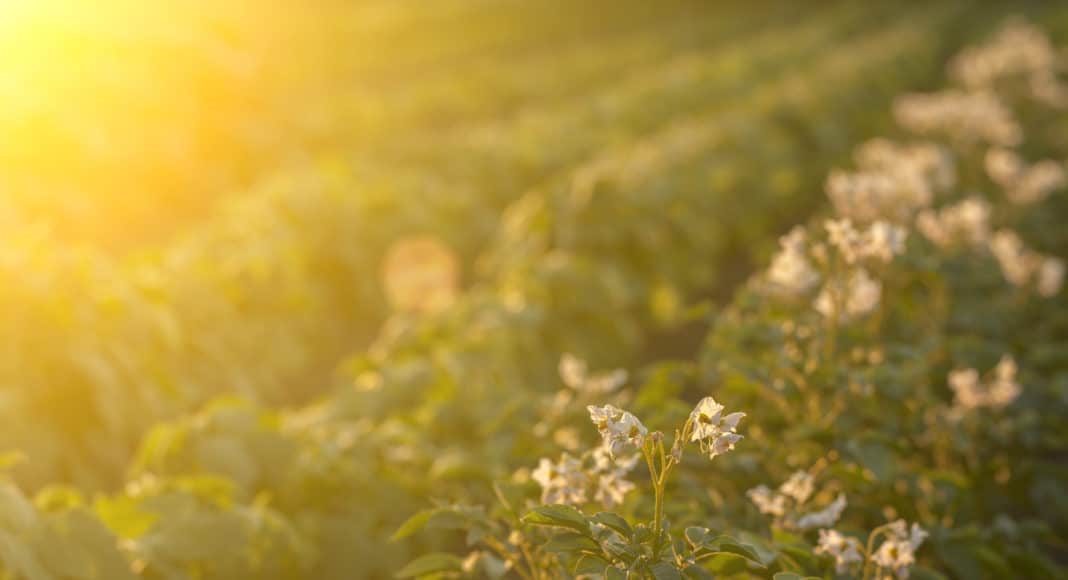Way back in the mid-1800s, Charles Darwin noticed seedlings moved throughout the day, turning to maximize their first leaves’ exposure to sunlight. Curious, he snipped the tips off several seedlings. He was amazed and intrigued to see the snipped plants stopped rotating with the sun. After more study, he theorized there had to be some kind of signal or molecule that influenced a plant’s movement, helping it achieve maximum photosynthesis. As he and other early research pioneers later proved, he was right. His finding was the first ever description of a plant hormone — the hard-working multi-tasker auxin.
This article is the second in a three-part series digging into the three most critical – and controllable – potato hormones. To help walk us through the complex science of plant hormones, we’ve enlisted University of Manitoba plant researcher, Mark Belmonte. Last month, we talked gibberellic acid (GA). Today, we’re talking about how producers can get the most economic benefit from potato growth hormone number two — auxin.
Brodie Workman (BM): So, Mark, what exactly does auxin do in a potato plant?
Mark Belmonte (MB): Darwin was the first to identify auxin but, over the past 150 years, auxin has become the most studied plant hormone of all. As researchers have dug deeper, they’ve found auxin is involved in pretty much every aspect of a plant’s lifecycle. Primarily, it’s associated with a plant’s response to environmental cues. However, it’s also responsible for the initiation of new cells — a critical component of plant growth.
Auxin is one of three key hormones that influence potato plant germination and growth, and ultimately your crop’s success. The other two are gibberellic acid (GA), the germination kick-starter, cell elongator and most well-known of growth hormones; and cytokinin, the cell divider. Most plants have the same compliment of key growth hormones: it’s how much they produce and when they turn production on or off that guides the physiology of the plant and plays an important role in making a potato a potato, or a sunflower a sunflower.
BM: Is auxin something producers can apply as a stand-alone product, the way gibberellic acid has traditionally been used?
MB: Not exactly. Auxin partners with the third key growth hormone, cytokinin. They’re two sides of one coin — auxin initiates new cells; cytokinin divides those cells. Auxin is generally produced in the shoots, then travels to and communicates with the growing roots; cytokinin is generally produced in the roots, then travels to and influences growth in the shoots. While we do have bioidentical, synthetic versions of auxin, cytokinin and gibberellic acid, you really need to apply all three in combination to get a well-balanced growth response.
Related Articles
Potato Hormone Snapshot — Get the Most from Gibberellic Acid
Looking to Maximize Production Per Acre? Take Another Look at Plant Growth Regulators











